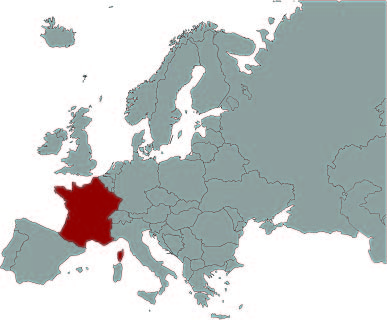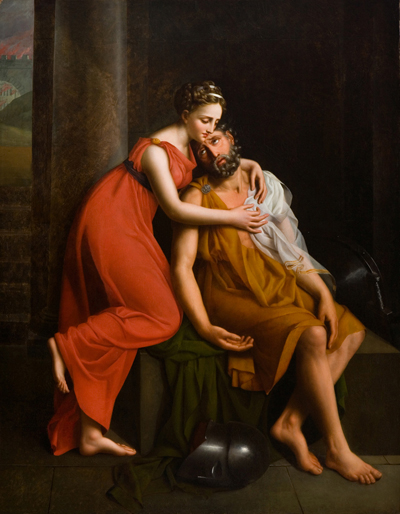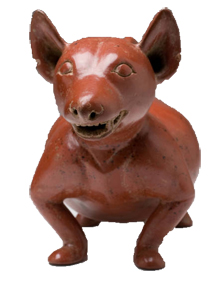

Neoclassicism (c. 1780 CE - 1820 CE)
Europeans in the 1700s were fascinated with this ancient city frozen in time by natural disaster. Discoveries such as Pompeii revitalized interest in the Classical art of Ancient Greece and Rome, which could be used to promote universal ideas such as courage and patriotism. By the late 1700s, the Age of Enlightenment spurred discovery, technology, and scientific thought in a movement toward Classical ideals.
Neoclassicism changed art techniques as well. Though they continued contrasting light and dark colors in a way similar to Baroque artists, Neoclassicists stopped using vibrant color and busy compositions. Instead, they focused on line and symmetry, using formulas of set proportions and exact perspective. These techniques generated a more uniform, ideal work of art.
The fire in the background of Befort's painting reveals the setting as Thebes, an ancient Greek city often at war. Mlle Befort might have related Thebe's conflicts to the Napoleonic Wars France fought during her lifetime. Despite the warfare evident in the setting, the young woman in Befort's painting seems surprisingly composed. What message might this send to someone living in France during the Napoleonic Wars?
1809
Mille Befort, French
(active 1812-1819)
76 1/2 inches H; 60 1/2 inches W
Purchase: Friends Fund and Museum of Art Endowment
1996.002.000
1789 The French Revolution breaks out in Paris.
1799-1815 The Napoleonic Wars take place.
1738 Lost city of Pompeii is uncovered.
1700s-1800s Industrial Revolution begins in Great Britain.




